Our start-off is a strange one. If you recall, there were two endings in Frankenstein vs Baragon. The international version ended with the Frankenstein creature fighting a gigantic octopus, and then falling into Lake Biwa. This film starts out with the giant octopus attacking a fishing boat. Once again, if you live in a world with giant monsters, your fastest ticket to an encounter with a kaiju is fishing. But then the octopus is pulled off the boat. Hurrah, the the Green Franenstein's creature is saving the boat! But once it has done so, it attacks the fishing boat.
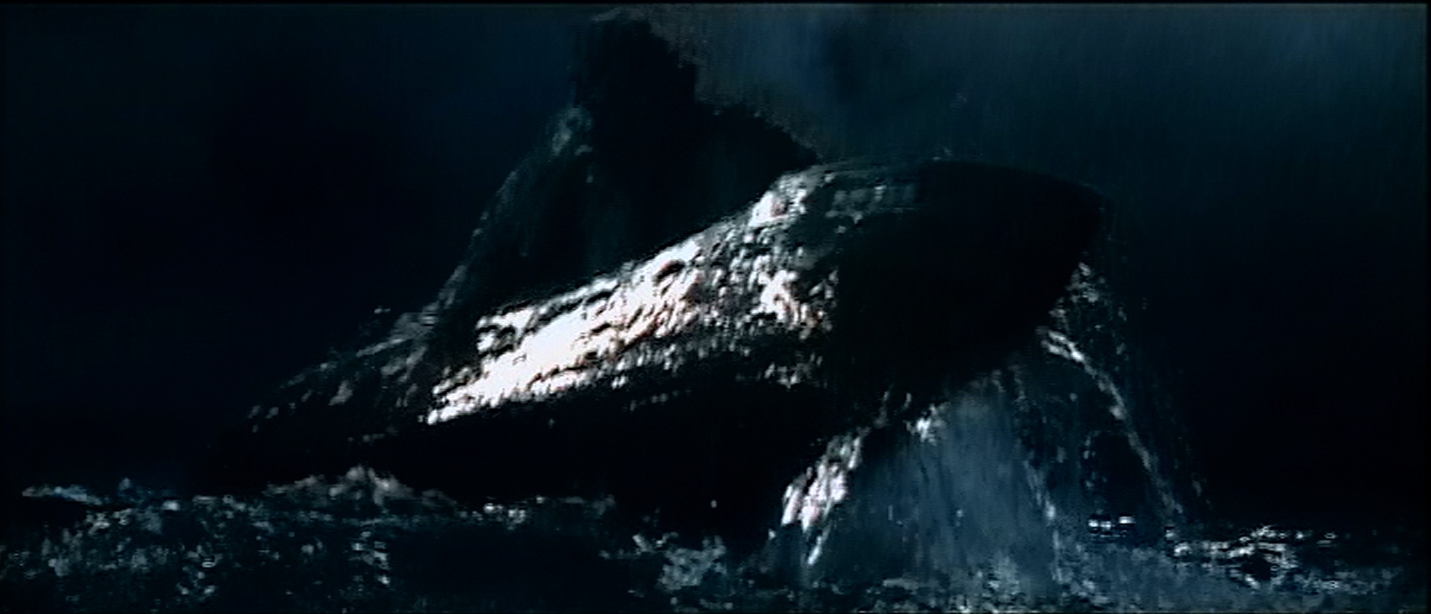
The Green Gargantua (Gaira, literally Sea-zilla) is, in no uncertain terms, bad. Like Kong, Gaira eats people. And it has terrible-looking teeth. Professor Stewart talks about the flesh that was torn off the first Frankenstein (Sanda) at Lake Biwa, which somehow made its way tot eh sea. This reminds me of Reptilicus, where the ever-regenerating claw of Reptilicus was severed, and fell to the ocean floor, waiting for a sequel. In fact, a similar possibility is brought up; if the monster is bombed, thousands of the creatures could regenerate from the scattered cells.
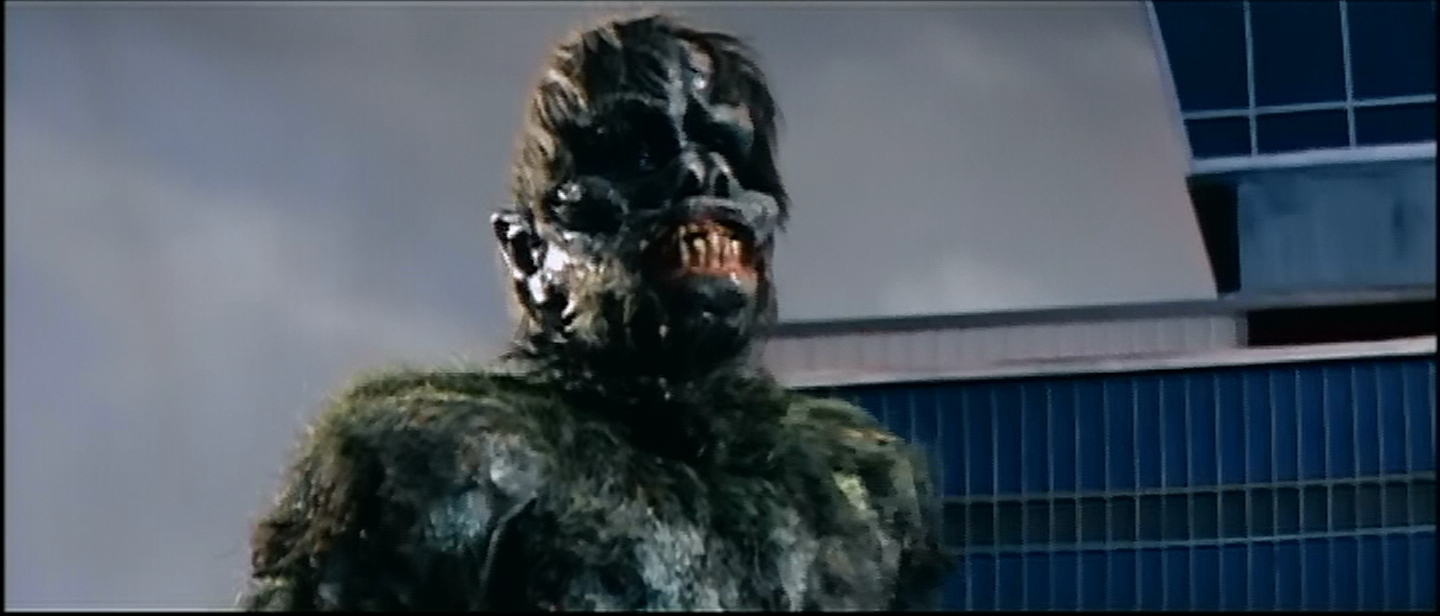
Like the original Frankenstein films, Gaira is repelled by bright light and fire, and this is used by the military to keep it in place. Once they attack it, however, it gets angry and takes the defense line apart. Tanks are thrown into light soources, and the ultimate result of the military attack is that Gaira is free to roam. Another aspect of the Frankenstein creatures that set it apart from many other giant monsters is that they have no breath weapon or energy attack. They have no distance attack, so there is no way they can destroy planes. As a result, no planes attack them.
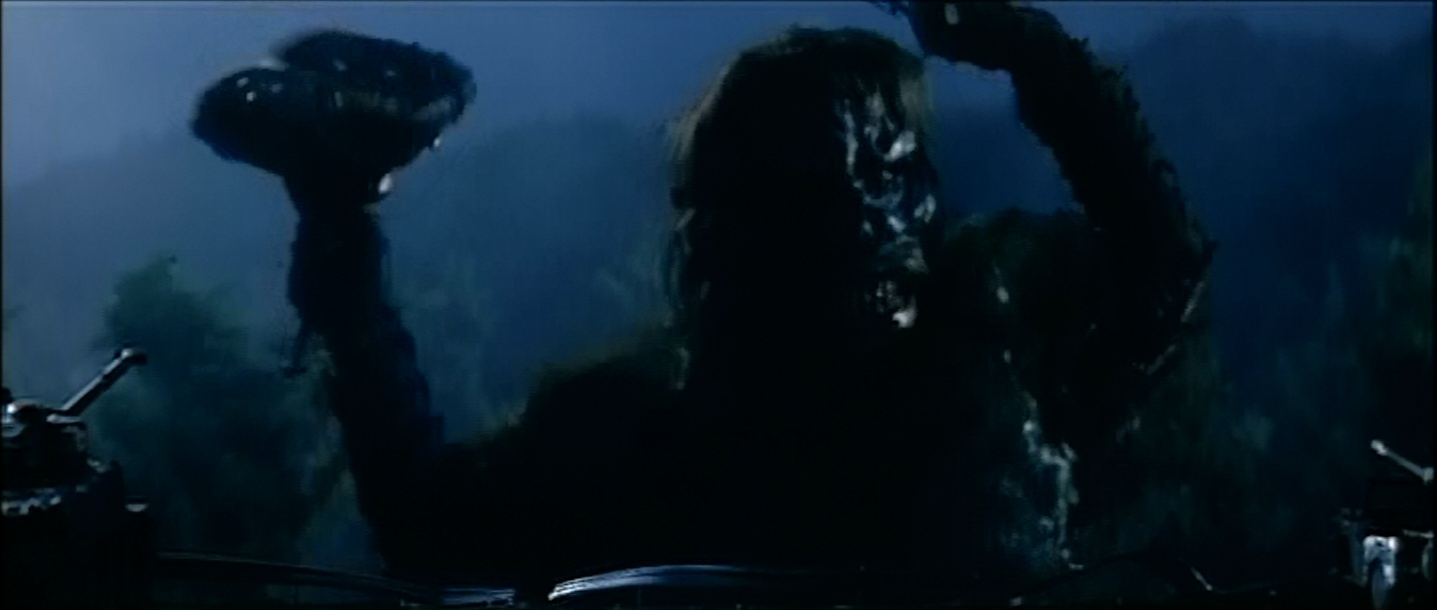
This is also the first time we see the distinctive maser tank being deployed. We saw an early version with the sound tanks in Invasion of Astro-Monster. But these, while elevating, keep the projection surface level. In the accompanying documentary, Bringing Godzilla Down to Size, one of the special-effects men says that the lamp they used in the dish had to stay level or it would overheat. So he devised the jointed heads to keep the lamp stable, while keeping the elevating head that indicated that the weapon is ready. The result is a very distinctive heavy ray gun, one that would continue to show up throughout the Godzilla series.
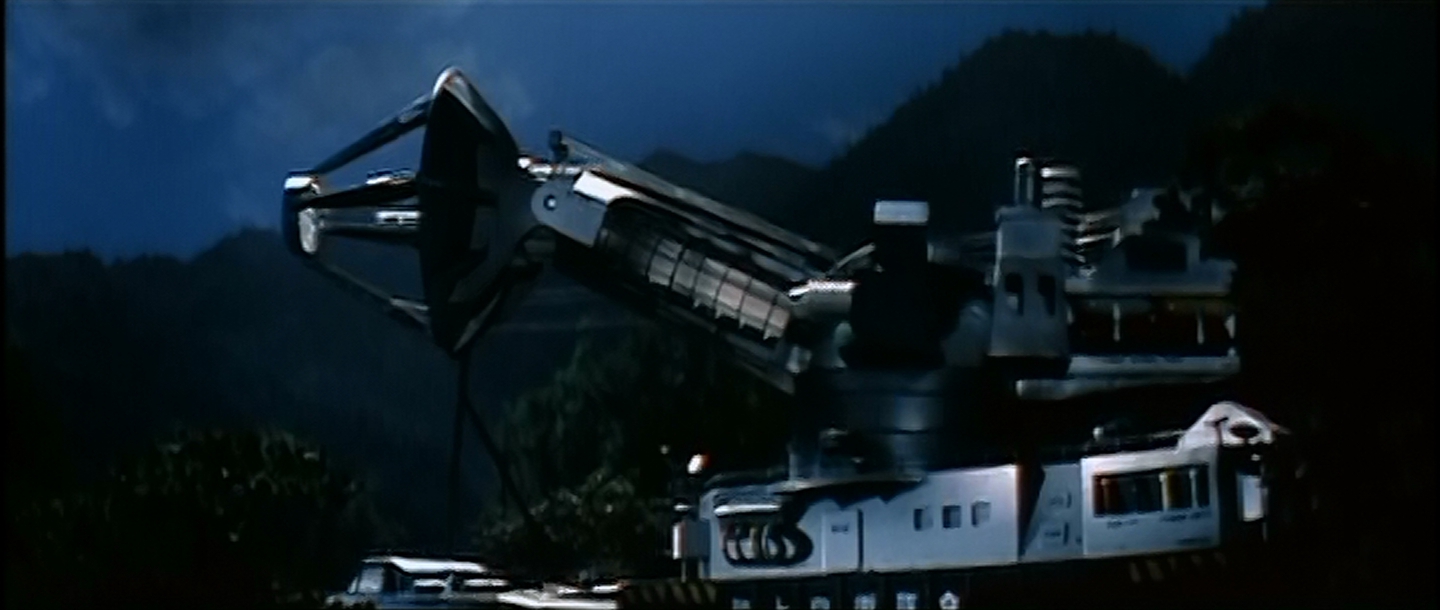
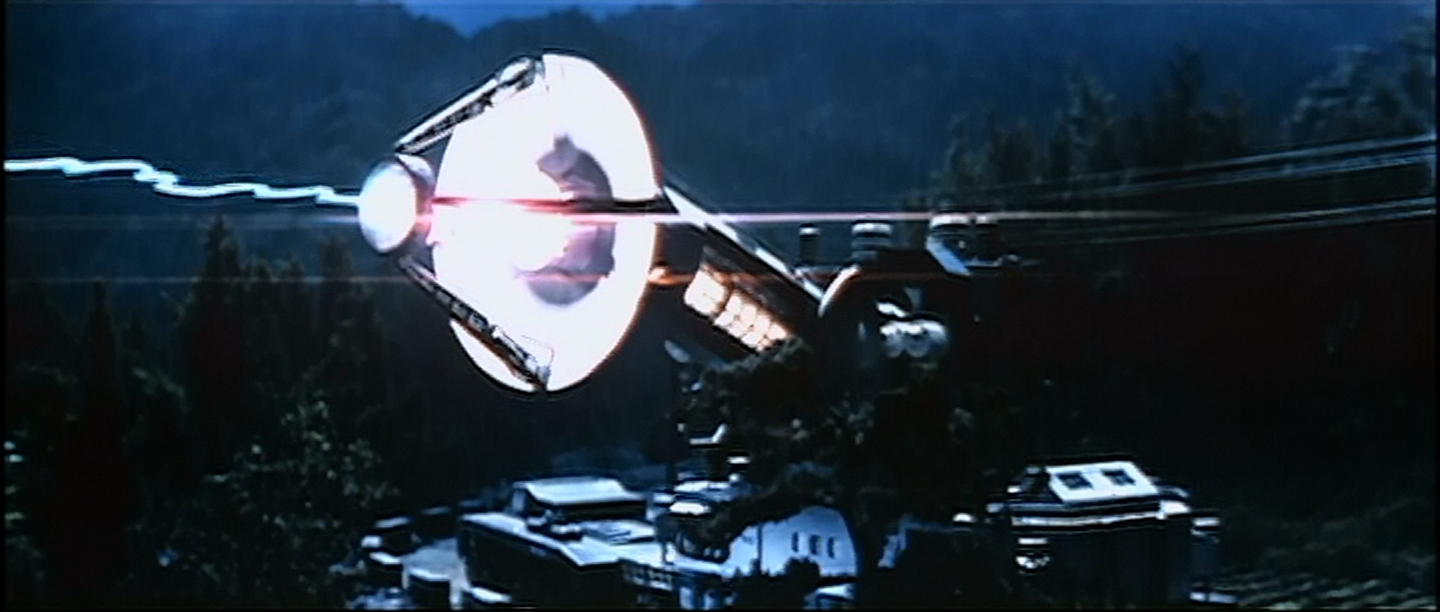
Electricity is again used. The use of high tension wires had fallen out of favor in the last few Godzilla films, but returned in Ebirah, Horror of the Deep. Now, it is the most effective it has ever been, incapacitating Gaira.
But just when the humans think they have triumphed, Sanda (Mountain-zilla), Gaira's taller and more compassionate brother, shows up and rescues him. The scenes that follow show us the most compassionate monster have yet been. Gaira, still bloody from the military attack, grunts in pain as Sanda splashes water on him. Sanda, tellingly, has much better teeth than his clone sea-brother. He's also more hairy than he was in the previous film.
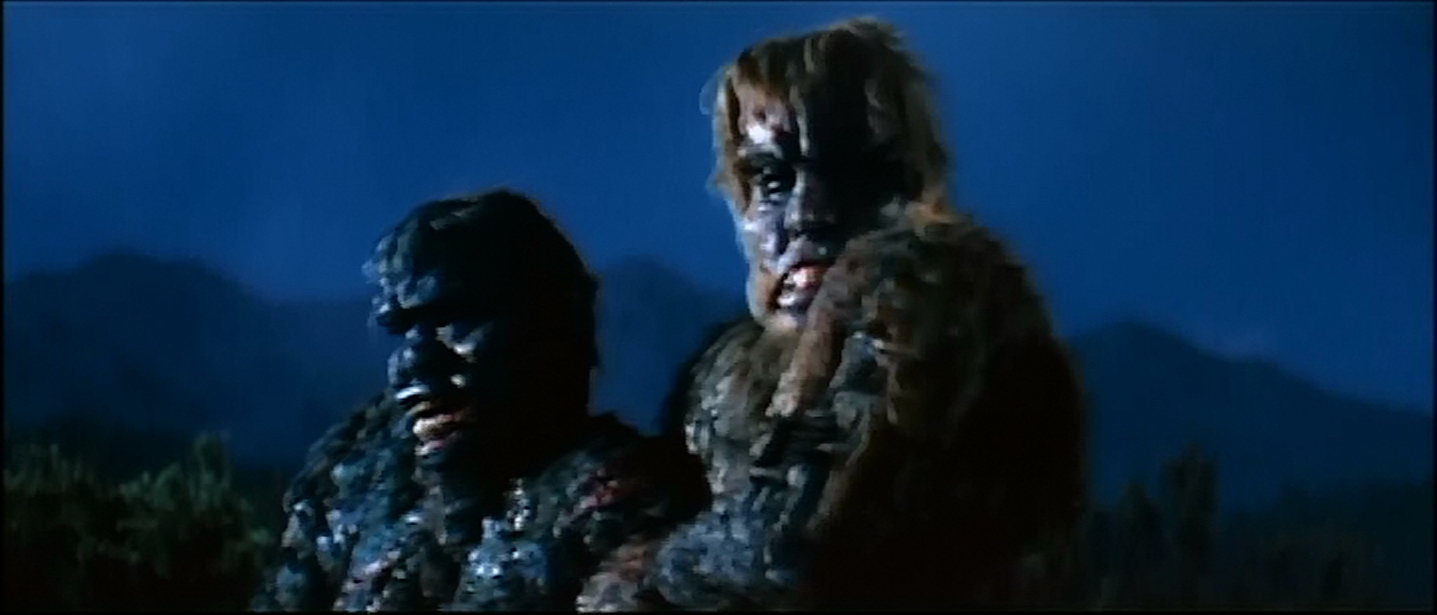
Sanda's sympathy for Gaira lasts until he discovers that Gaira has been eating people. And then there is nothing left to do but beat him with a tree. And then, the War of the Gargantuas begins. Naturally, this takes place in Tokyo. Once he has calmed down, and the confrontation takes place, Sanda still tries to reason with Gaira. This gives the film a fair amount of pathos, since Sanda is essentially talking to a brick wall. Gaira's aggressive, human-eating ways overshadow Sanda's more peaceful ones. Gaira waill get them both destroyed. Akira Ifukuba's music underscores this tragedy with a slow, brassy score during the fight.
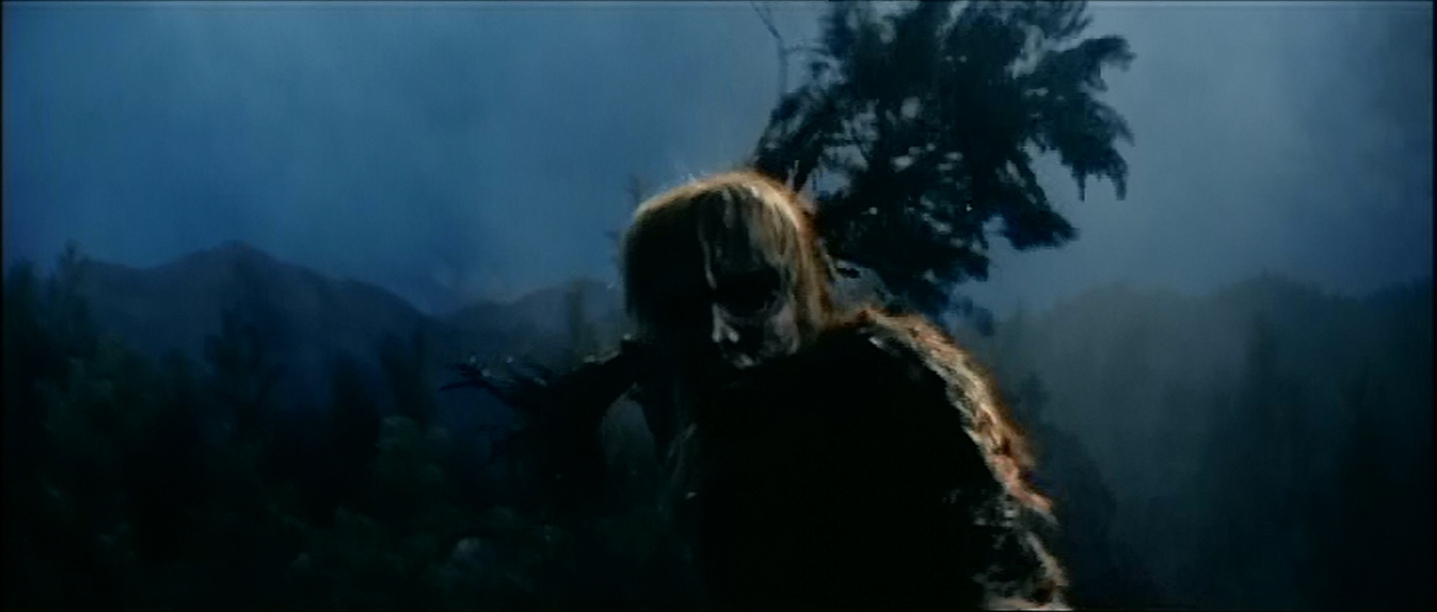
Again the sea takes care of the monsters. Their fight takes them away from the masters, out into the ocean, where a new volcanic island emerges from the sea. Which is oddly similar to the Japanese ending of Franksentein vs Barugon, when an earthquake drops Sanda into the earth.
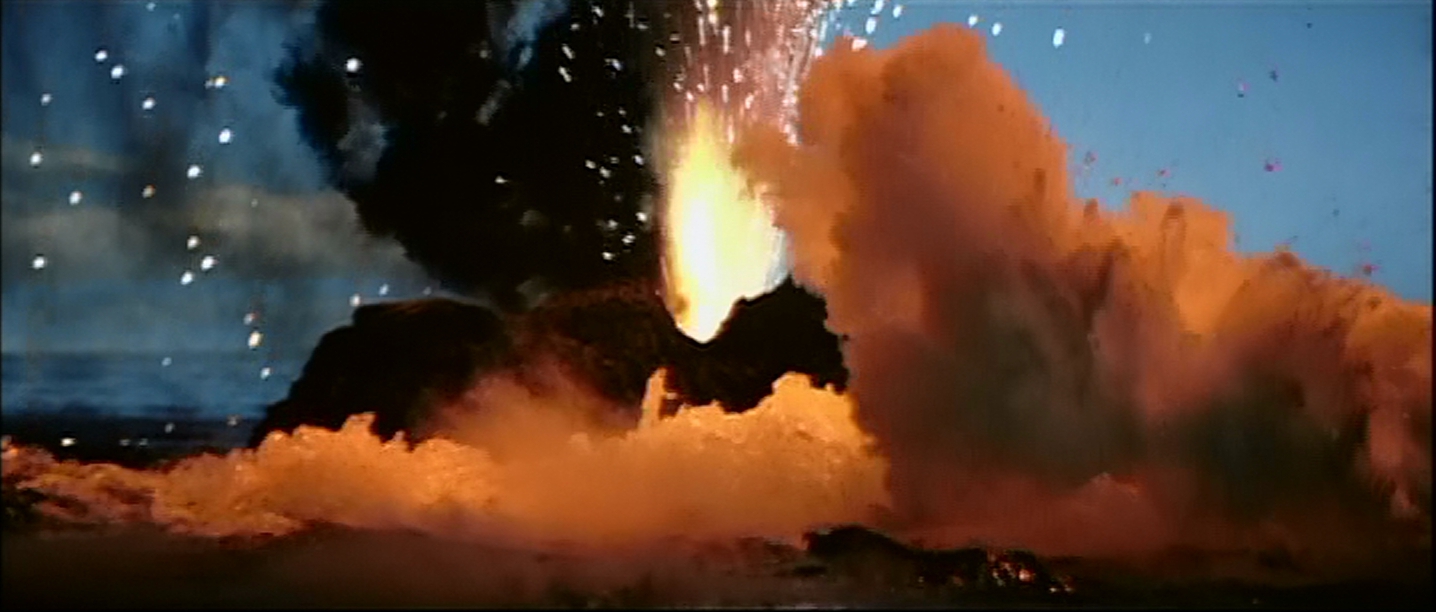
I guess I don't get the huge love. War of the Gargantuas is a pretty good film, as good as or better than Frankenstein vs Barugon, but I wouldn't rate it above Rodan. There's a little extra pathos with the human expression of Sanda trying to comfort Gaira and being rebuffed by his evil nature. But it lacks the creative costume design so many other kaiju films have. I don't find it weak, but I can't say that I found it particularly compelling. But hey, not everyone loves the same stuff.
Next week, the first film of Daiei's Daimajin trilogy, in which a giant statue gets some pretty hard-core vengeance.
2 comments:
King Kong does not eat people. He kills them by biting down on their person and sometimes- as an added bonus- stepping on them as well. Gaira, on the other hand, is a full fledged, evil man-eater like the Great White shark in "Jaws".
That's a rather fine line. Looking back on 1933 Kong, the only one that would have influenced this film, Kong clearly chews on the guy he puts in his mouth during his village rampage. He doesn't consume or swallow, but there's a little more than just biting down.
Post a Comment